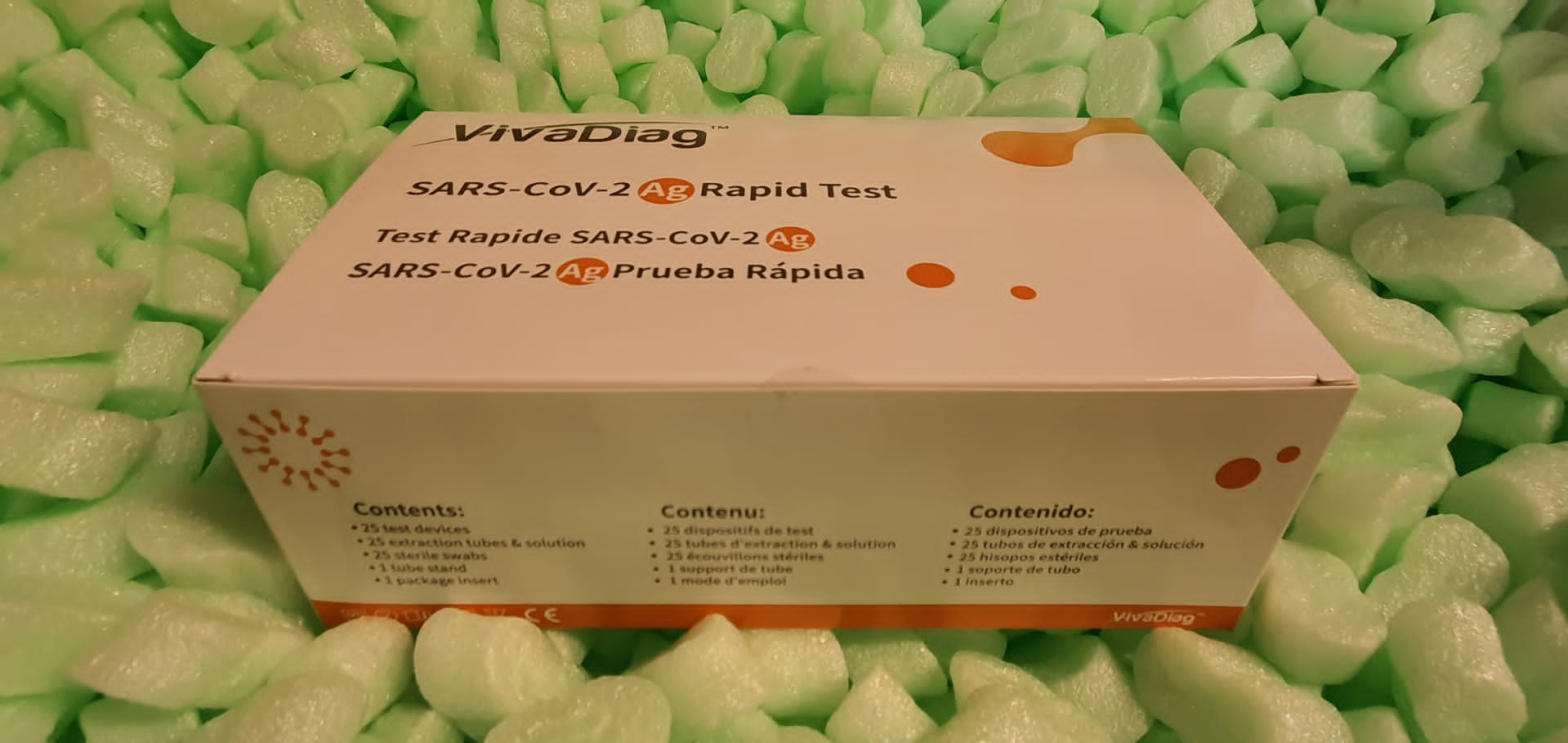Ruminants are main producers of meat and milk, thus managing their reproductive potential is a key ingredient in cost-effective, protected, and environment friendly meals manufacturing. Of explicit concern, defects in male germ cells and feminine germ cells might result in considerably lowered reside births relative to fertilization. However, the underlying molecular drivers of these defects are unclear. Small noncoding RNAs, corresponding to piRNAs and miRNAs, are identified to be necessary regulators of germ-cell physiology in mouse (the best-studied mammalian mannequin organism) and rising proof means that that is additionally the case in a vary of ruminant species, in explicit bovine.
Similarities exist between mouse and bovids, particularly in the case of meiotic and postmeiotic male germ cells. However, basic variations in small RNA abundance and metabolism between these species have been noticed in the feminine germ cell, variations that seemingly have profound impacts on their physiology. Further, parentally derived small noncoding RNAs are identified to affect early embryos and vital species-specific variations in germ-cell born small noncoding RNAs have been noticed. These findings exhibit the mouse to be an imperfect mo
Mycobacterium tuberculosis Small RNA MTS1338 Confers Pathogenic Properties to Non-Pathogenic Mycobacterium smegmatis
Small non-coding RNAs play a key function in bacterial adaptation to numerous stresses. Mycobacterium tuberculosis small RNA MTS1338 is upregulated throughout mycobacteria an infection of macrophages, suggesting its involvement in the interplay of the pathogen with the host. In this examine, we explored the purposeful results of MTS1338 by expressing it in non-pathogenic Mycobacterium smegmatis that lacks the MTS1338 gene. The outcomes indicated that MTS1338 slowed the expansion of the recombinant mycobacteria in tradition and elevated their survival in RAW 264.7 macrophages, the place the MTS1338-expressing pressure considerably (p < 0.05) lowered the quantity of mature phagolysosomes and modified the manufacturing of cytokines IL-1β, IL-6, IL-10, IL-12, TGF-β, and TNF-α in comparison with these of the management pressure.
Proteomic and secretomic profiling of recombinant and management strains revealed differential expression of proteins concerned in the synthesis of predominant cell wall elements and in the regulation of iron metabolism (ESX-Three secretion system) and response to hypoxia (furA, whiB4, phoP). These results of MTS1338 expression are attribute for M. tuberculosis throughout an infection, suggesting that in pathogenic mycobacteria MTS1338 performs the function of a virulence issue supporting the residence of M. tuberculosis in the host.
Coronavirus illness 2019 (COVID-19) brought on by extreme acute respiratory syndrome coronavirus 2 (SARS-CoV-2) is a extreme and quickly evolving epidemic. Now, though a few medicine and vaccines have been proved for its remedy and prevention, little systematic feedback are made to clarify its susceptibility to people. A number of scattered research used bioinformatics strategies to discover the function of microRNA (miRNA) in COVID-19 an infection.
Combining these well timed stories and earlier research about virus and miRNA, we comb by way of the obtainable clues and seemingly make the attitude cheap that the COVID-19 cleverly exploits the interaction between the small miRNA and different biomolecules to keep away from being successfully acknowledged and attacked from host immune safety as properly to deactivate purposeful genes which might be essential for immune system. In element, SARS-CoV-2 might be thought to be a sponge to adsorb host immune-related miRNA, which forces host fall into dysfunction standing of immune system.

Integrated Analysis of Small RNA, Transcriptome, and Degradome Sequencing Reveals the MiR156, MiR5488 and MiR399 are Involved in the Regulation of Male Sterility in PTGMS Rice
A photoperiod- and thermo-sensitive genic male sterile (PTGMS) line is the fundamental materials for two-hybrid rice and is a vital genetic breeding useful resource. Peiai64S (PA64S) is a vital germplasm useful resource of PTGMS rice, and it has been utilized to two-line hybrid rice techniques in China. Pollen fertility in PA64S is regulated by the temperature and photoperiod, however the mechanism of the fertility transition is unclear. In this examine, we obtained the male fertile plant PA64S(F) and the male sterile plant PA64S(S) by controlling totally different temperatures beneath lengthy gentle circumstances and used the male fertile and sterile crops to analyze the function of microRNAs (miRNAs) in regulating male fertility in rice.
We carried out the small RNA library sequencing of anthers from PA64S(S) and PA64S(F). A complete of 196 miRNAs had been identified-166 identified miRNAs amongst 27 miRNA households and 30 novel miRNAs. In the transcriptome evaluation, the Gene Ontology (GO) and Kyoto Encyclopedia of Genes and Genomes (KEGG) pathway evaluation of differentially expressed genes revealed vital enrichment in the synthesis and metabolism of fatty acids and some secondary metabolism pathways corresponding to fatty acid metabolism and phenylalanine metabolism.
[Linking template=”default” type=”products” search=”Mouse Skin 12 Months Total RNA” header=”3″ limit=”146″ start=”2″ showCatalogNumber=”true” showSize=”true” showSupplier=”true” showPrice=”true” showDescription=”true” showAdditionalInformation=”true” showImage=”true” showSchemaMarkup=”true” imageWidth=”” imageHeight=””]
With a complete evaluation of miRNA, transcriptome, and degradome sequencing, we recognized that 13 pairs of miRNA/goal genes regulated male fertility in rice by responding to temperature change, amongst which the miR156, miR5488, and miR399 have an effect on the male fertility of PA64S by influencing SPLs, the lignin synthesis of anther partitions, and the flavonoid metabolism pathway. The outcomes present a new understanding of PTGMS rice, which can assist us higher perceive the potential regulatory mechanisms of male sterility in the long run.

